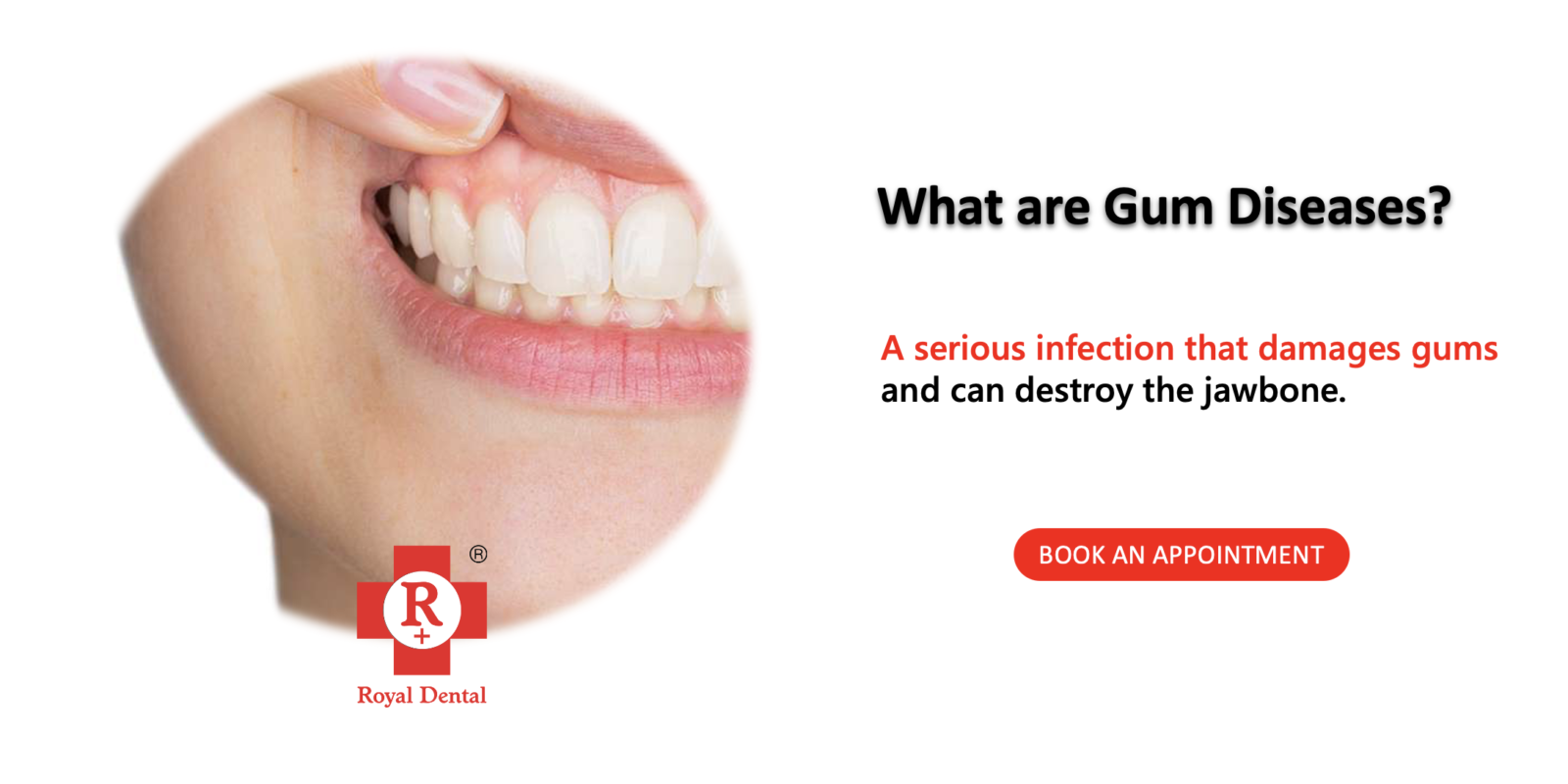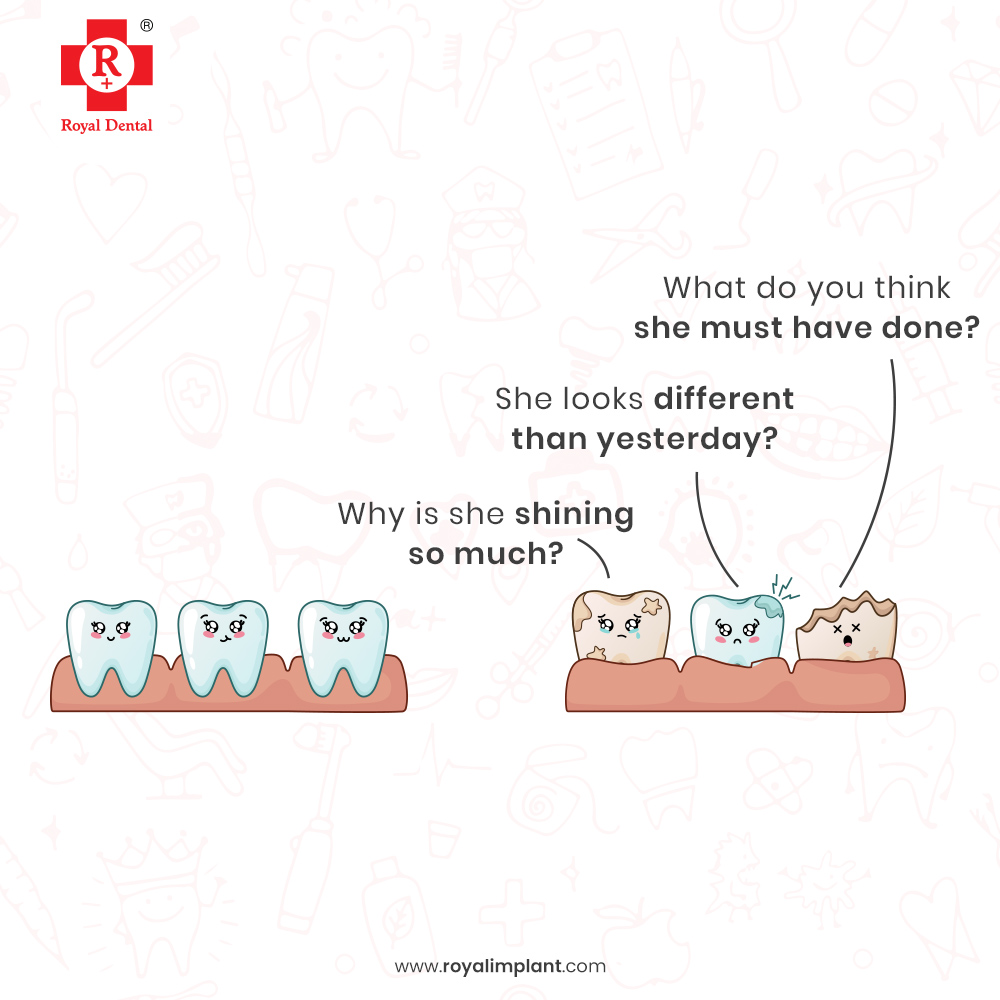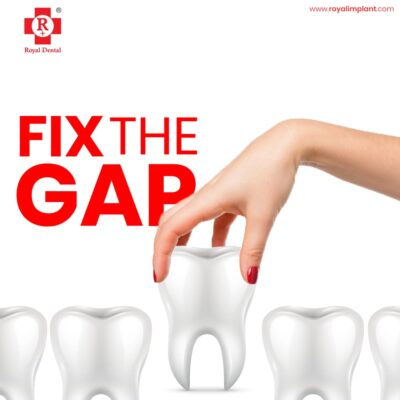If you’re a regular at the dentist, then there’s a good chance you have gingivitis. This is essentially an early stage of gum inflammation that affects around 60% of the population at some point in their lives. It is commonly caused by poor dental habits and can be cured with regular visits to your dentist. Regardless, it is important to keep gingivitis in check so your dentist knows exactly what you need for optimal care. Read on for more information about how to care for your gums and get back on track with your oral hygiene routine.
What is gingivitis or gum inflammation?
Gingivitis is a gum condition that can lead to more serious issues like tooth loss. It is easily prevented with good dental habits and regular visits to your dentist. It is when the gums start to get inflamed because of poor oral hygiene habits. The gums become red and swollen, making it difficult to brush your teeth and floss them. The condition is marked by bleeding gums and if left unchecked, it can lead to tooth loss.
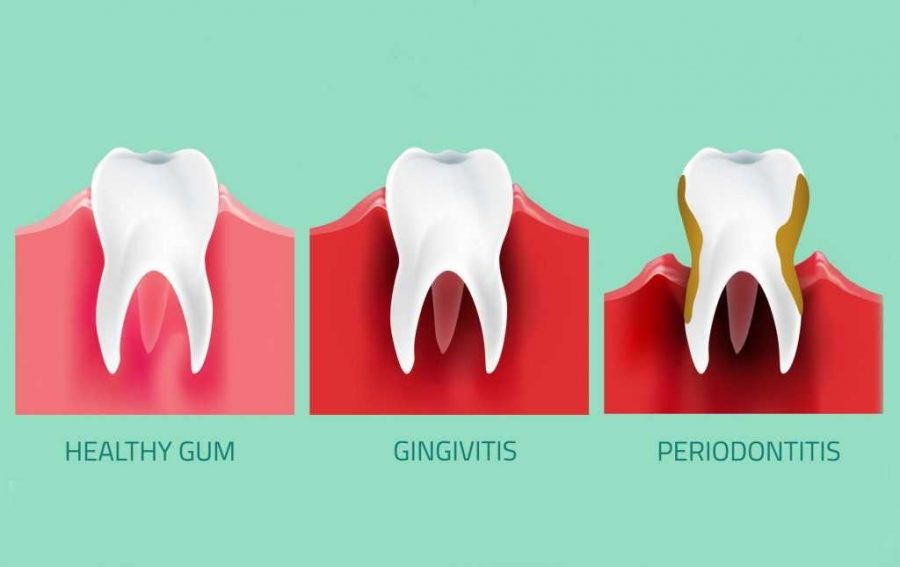
Gingivitis is caused by a number of factors such as poor diet, genetics, and bacterial infections. If you have gingivitis, you can reduce your chances of developing more serious conditions by actively taking care of your oral health.
How to care for your Gums
Brush and floss your teeth twice daily – Not only does this remove bacteria inside your mouth but it also thoroughly removes any plaque buildup on your teeth and gums. This process is called “scratching” and is absolutely essential for keeping your gums healthy.
Schedule yourself an appointment with your dentist – If you suffer from chronic gingivitis, your gums will likely bleed when you brush or floss. This is an obvious sign that you need to see your dentist.
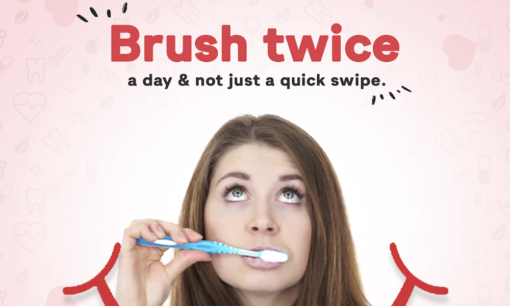
Exfoliate your skin daily – Scratching removes excess oils from your teeth and gums so they don’t build up over time and cause gum disease. While you can manually scrape off the surface of your teeth, you don’t want to go too deep as this can damage your enamel and cause tooth decay. Instead, reach for a gentle exfoliating scrub that removes dead skin cells and calluses without scratching your teeth.
Use mouthwash after eating or drinking – As you may know, plaque and bacteria build up on your teeth and gums throughout the day. This is why it’s important to rinse after eating or drinking anything with a high sugar or acid level. These drinks can cause your gums to bleed and if left unchecked, lead to periodontal disease.
Exfoliate your skin daily
Exfoliating removes excess oils and dead skin cells from your teeth and gums, reducing the chance of plaque buildup. It is best to do this at the end of your shower so it doubles as your daily exfoliation routine. You can use a soft toothbrush or a scrub designed for skin. If you use a scrub, be sure to wash it off immediately after use since it can be too harsh for your teeth. The best time to exfoliate is at the end of your shower or when you are using a toothpaste that has mild abrasives in it.
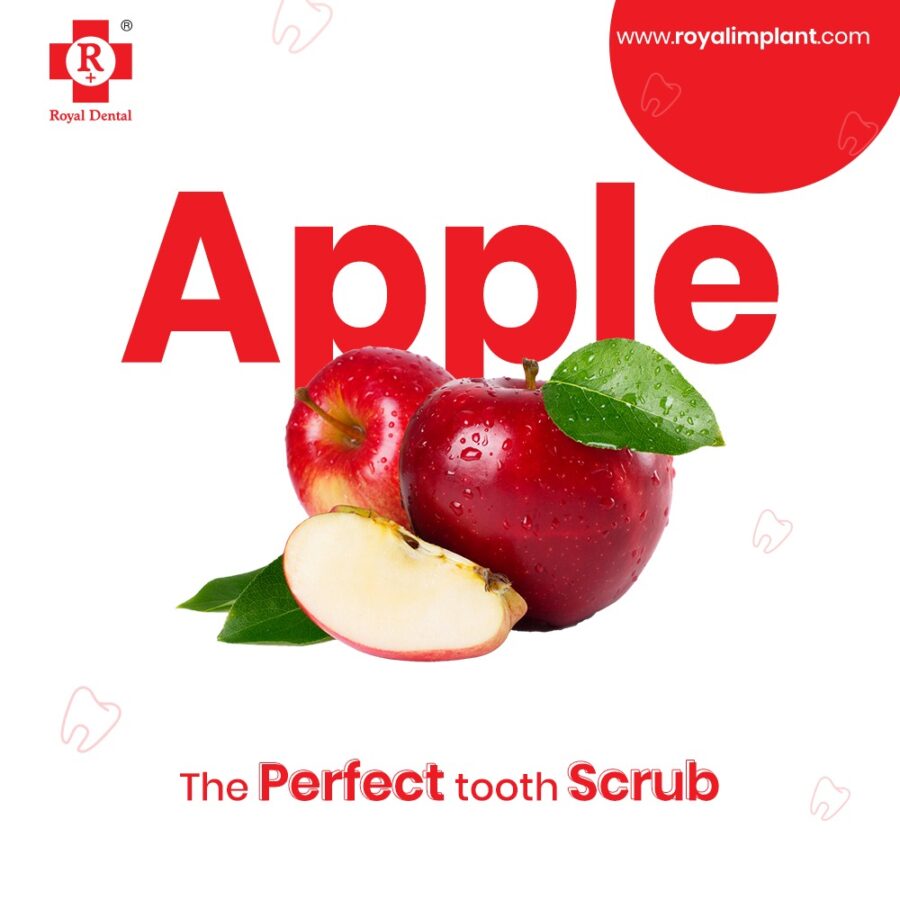
This way, you get rid of excess oils, surface bacteria, and dead skin cells all at once. Exfoliating twice a week is enough to maintain your oral health and prevent gum disease. If you experience bleeding when you brush or floss your teeth, you need to do this more often.
Take care when drinking liquids
The sugar, caffeine, and acid in many drinks can cause bleeding or inflammation of the gums. If you regularly consume these drinks, be sure to rinse your mouth out thoroughly with mouthwash after drinking. This is especially important if you eat a high-sugar or high-acid diet. For example, a diet high in acidic fruits like oranges, grapefruit, and tomatoes should be followed with a mouthwash with a neutral pH level. Similarly, high-sugar drinks like soda and energy drinks can cause bleeding. Try to avoid these drinks as much as possible as they are highly acidic and cause your gums to bleed.
Visit your dentist every six months
As you may have read above, gingivitis is a common condition that causes inflammation in the gums. If left untreated, it can lead to tooth loss. The best way to treat gingivitis is with a visit to your dentist. Your dentist can clean your teeth and remove any plaque buildup. This will prevent further damage to your gums, promoting better oral hygiene and ensuring a lifetime of healthy teeth and gums.
Schedule regular checkups with your dentist and follow his or her recommendations for optimal oral health. Your dentist may recommend a mouth rinse designed to clean your teeth and gums better than brushing alone. Your dentist can also check for signs of more serious conditions like periodontal disease and tooth decay. If he or she notices any signs of tooth decay or gum disease, you need to take preventative measures immediately.
Use a mouth rinse after eating or smoking
The bacteria in your mouth that cause gingivitis can also cause bad breath. This can be a major turnoff for social situations like dates or job interviews. Furthermore, bad breath can be a sign of more serious conditions including periodontal disease and tooth decay. This is why rinsing your mouth out thoroughly after consuming high-sugar or acid-rich drinks is essential. Similarly, you should also rinse your mouth out thoroughly after eating or smoking. Foods like sugary drinks, processed meats, and cigarettes can cause bad breath and gingivitis.
Conclusion
It is important to keep your gums healthy to prevent tooth loss. The best prevention is to brush and floot your teeth 3-4 times a day, schedule regular checkups with your dentist, and rinse your mouth after consuming high-sugar or acid-rich drinks. If you experience bleeding when you brush or floss your teeth, your gingivitis is likely to blame. You should see your dentist immediately to prevent further damage. Keep your oral hygiene good.
Follow Us For More Updates
